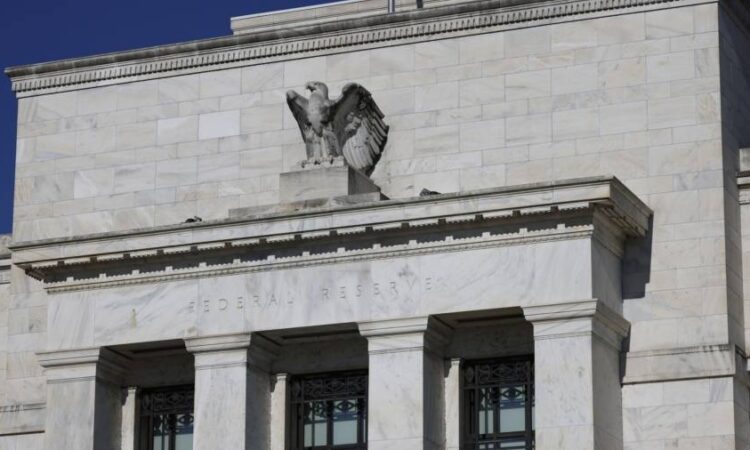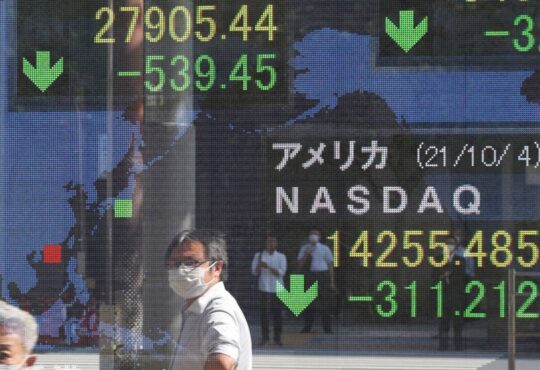
The dramatic rise in US interest rates combined with the stock market’s recent strong gains have wiped out the reward investors can expect over the next year for owning shares in big US companies, according to analysts.
The yield on three-month US Treasury bills was 5.3 per cent this week after the Federal Reserve held interest rates at between 5 and 5.25 per cent, but signalled that most of its officials expected a further two rate rises this year.
That is the same level as the expected 12-month forward earnings yield across the S&P 500, which has risen by more than 15 per cent since January. Although it is one of the best half-years for the index in two decades, it has left investors nervous about the potential for future returns.
“For the first time ever the yield on cash, bonds and equities is the same,” said Luca Paolini, chief strategist at Pictet Asset Management. “If you are a US investor you should probably buy bonds because in risk-adjusted terms they give you more.”

Investors are watching this measure closely, seeing it as a warning that the bull market in US equities could run out of steam.
“Now we have the inflation problem which has led to monster rate hikes, it means equity markets are much less attractive,” said Christian Kopf, head of fixed income at Union Investment.
“The compression of yields in the US is a very important development and it means people will allocate less to US equities,” he said, adding that the picture was different in European markets, where equity valuations were lower.
While this was largely down to a big proportion of tech “growth” stocks in the US, Kopf said, even after adjusting for differences in sector weightings, “European equities remain cheap relative to the US”.
The price-to-earnings ratio on the S&P 500, a closely watched valuation metric, has risen to 23 times this year, reduced to 18 times when the index is measured on an equal-weighted basis, compared with 13 times for the Stoxx Europe 600, according to Refinitiv.
In its mid-year market outlook this week, Pictet said it expected European and Asian equities to perform better than their US counterparts in the second half of the year.
“What I don’t like in the S&P today is that two-thirds of the rise, year to date, is linked to five or seven stocks,” said Nadège Dufossé, global head of multi-asset at Candriam. “It’s a vulnerability of the market.”
Higher rates on investment-grade bonds also spell difficulty for more risky and illiquid credit. Kopf expects investors will “desert” private debt and move back into the listed and liquid areas of the market as part of “the great repricing”.
A survey of fund managers by Bank of America this week showed that investors were the most overweight in investment grade bonds compared with their high-yield counterparts since 2008.





